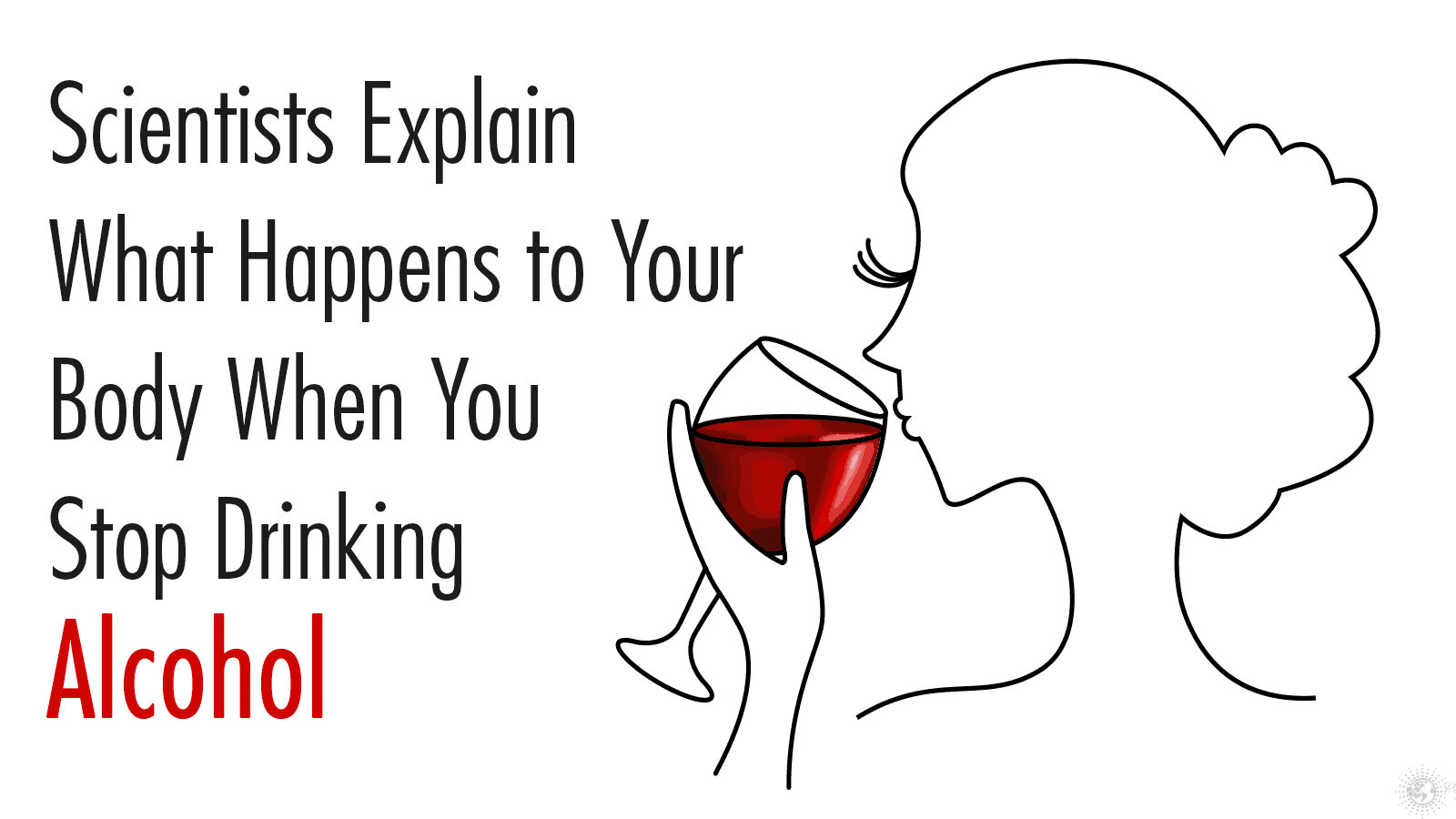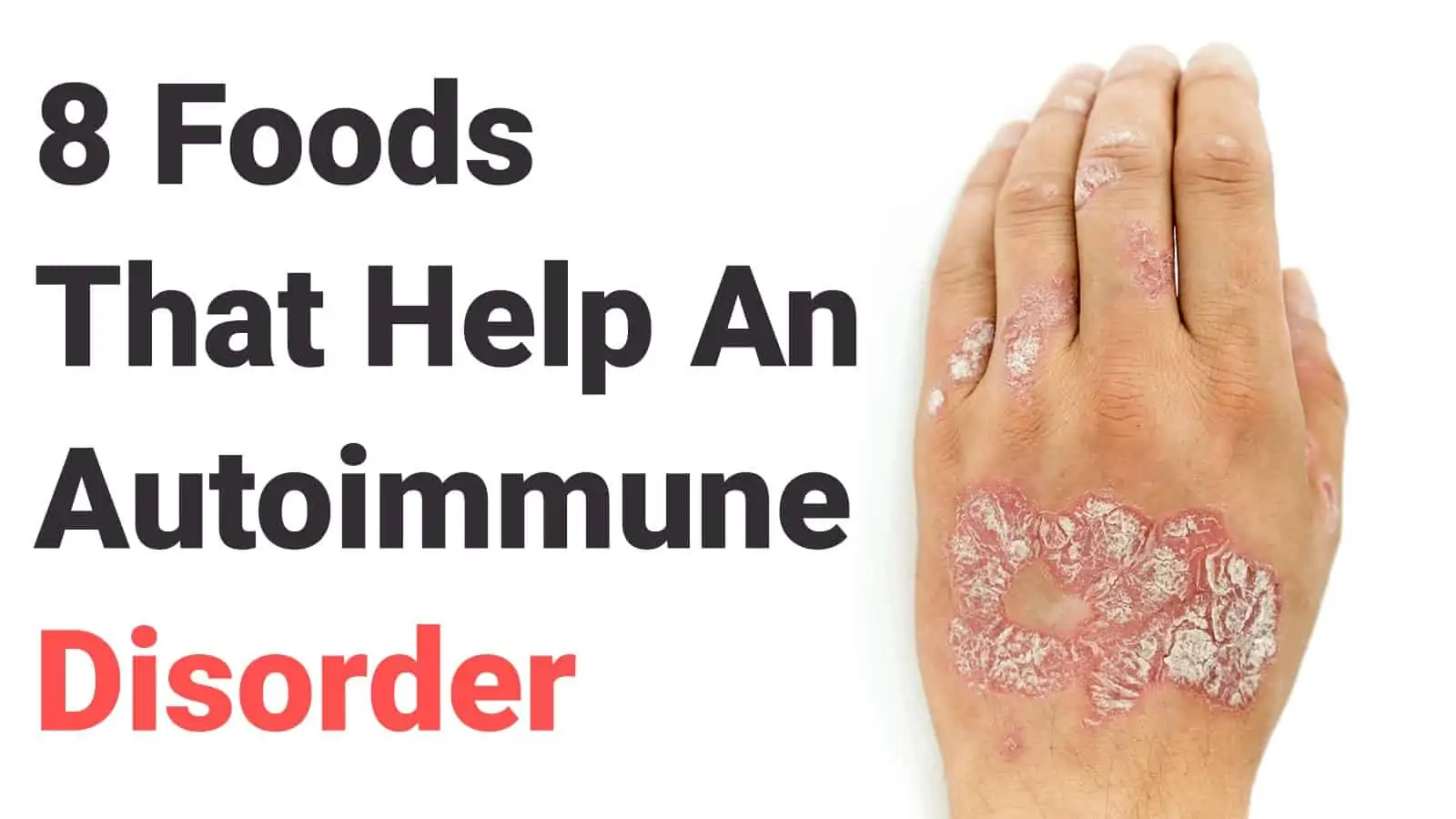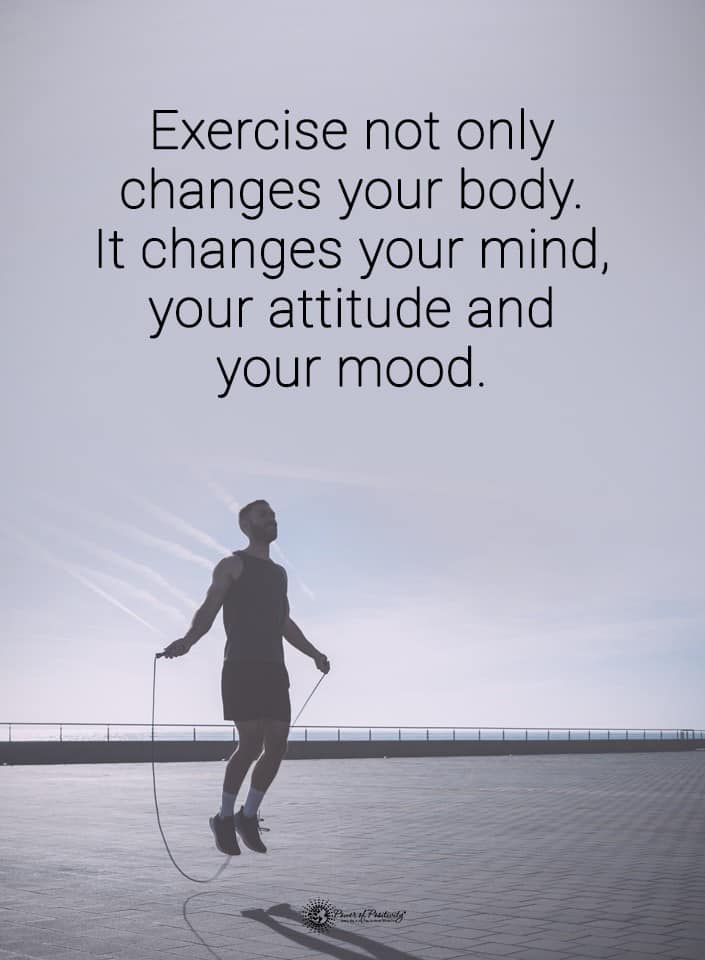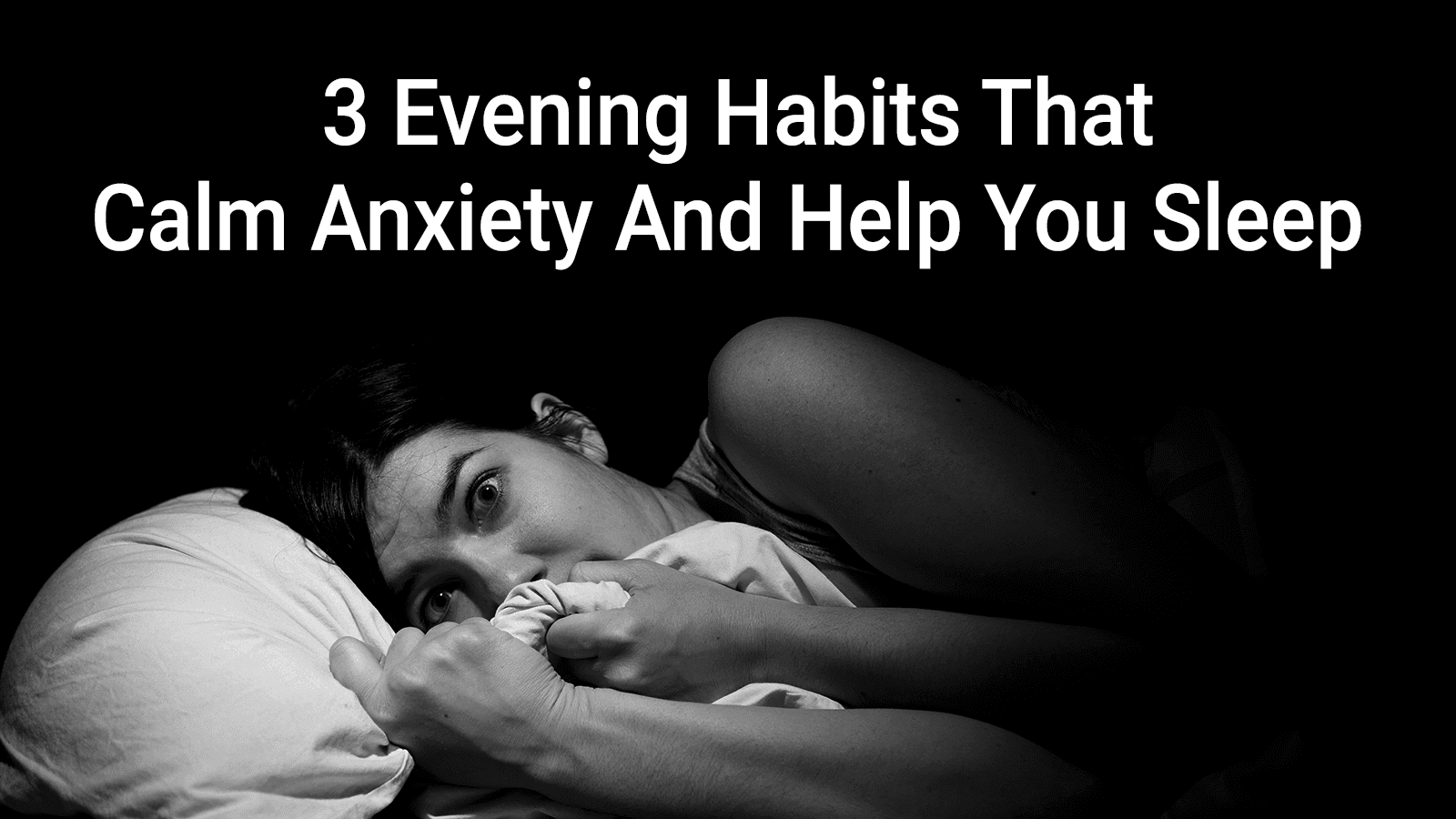When you have a wedding or a reunion coming up, or when beach season is just around the corner, sometimes you want to cut that weight fast!
As busy as you are, and with so many unhealthy options at arm’s length, it’s important to have a few go-to, healthy recipes in the bag that will turbo-charge your weight-loss goals.
These 10 easy healthy recipes will do the trick.
Deconstructed Egg-rolls
Toss a pound of ground chicken into a large skillet with chopped onions and mushrooms. Add two teaspoons of minced garlic and a few tablespoons of pickled ginger. Add chopped cabbage and simmer it on medium heat until the chicken is cooked through. Season with pepper and soy sauce and serve. This could become one of your favorite easy healthy recipes!
Strawberry Quinoa Salad
Quinoa has earned its place in popular cuisine with proven health benefits. Prepare your quinoa overnight. Bring it to a boil in water, and simmer for fifteen minutes. Add two tablespoons of chopped basil, olive oil, a splash of lemon and orange juice and a tablespoon of ground flax seeds. Add a dash of apple cider vinegar, a bit of honey and serve with chopped strawberries and crumbled goat cheese!
Turkey Burger Wraps
After you make your favorite turkey burger patties (ground turkey, shredded provolone, cumin, garlic powder, pepper, salt and green onions make a great mix) cook them on a skillet with a little olive oil. Serve them over a lettuce leaf topped with red onion, mayo, tomato, feta cheese and avocado slices.
Spaghetti Squash Bolognese
This might become one of your favorite easy healthy recipes. Start by piercing several holes around your squash and putting it in your microwave for five minutes. Rotate it and repeat two more times. Take it out, cut it in half and scoop out the stringy goodness. Mix in a little olive oil and salt and pepper to taste. This is one of the best easy healthy recipes for a replacement pasta to serve with your favorite Bolognese sauce!
Shrimp and Pesto Tortilla Pizza
Start by sauteing some shrimp in garlic and olive oil and season to taste. In a food processor, combine garlic, fresh basil, chopped pine nuts and grated Parmesan with olive oil and a pinch of salt. Spread your pesto sauce on a large tortilla and distribute the shrimp on top. Broil it in your oven for a few minutes, then take it out and sprinkle with lime juice. Enjoy one of the most delicious healthy recipes!
Chick-pea Coconut Curry Over Yams
Sauté chopped onions and carrots in a saucepan with olive oil. Add half a chopped bell pepper, a can of soaked chickpeas, a tablespoon of your favorite curry powder and a chopped Serrano pepper. Simmer with a can of chopped tomatoes and a can of coconut milk until reduced. Cook a large yam in the microwave. Mash the potato and serve with a healthy scoop of your coconut curry on top!
Avocado Salad With Baked Chicken
Avocados are one of the healthiest things you can eat. Set your oven to 400 degrees. Season and oil your chicken breast with olive oil. Wrap it in tinfoil and bake it for ten minutes. Serve it over a bed of chopped spinach with avocado slices, feta cheese and balsamic vinaigrette.
Baked Salmon With Zucchini Noodles
Toss a shredded zucchini with olive oil and season. Mix it with two teaspoons of minced garlic, two tablespoons of pine nuts, a tablespoon of butter, lemon juice, chopped parsley and a third of a cup of chicken broth. Stir fry the zucchini for five minutes on medium heat and then slide it to one side of the pan. Season your salmon fillet, and place it in the empty side of the pan and cook for about three and a half minutes on each side until brown. Serve the salmon over the zucchini and enjoy!
Pesto Chicken With Cauliflower Rice
Chop a head of cauliflower in a food processor until it has the consistency of rice. Toast it in a pan until it’s hot, seasoning to taste. Bake your chicken breast as above, and cover it in your new delicious pesto sauce. Serve your chicken breast over a bed of cauliflower rice!
Lentil Veggie Stew Masala
Pan sauté an onion and a chopped carrot in oil with two tablespoons of Garam Masala. Add minced garlic and a can of lentils with an additional can of water. Bring it to a rolling boil and simmer until reduced. Add a chopped tomato and a handful of chopped spinach. Simmer for an additional fifteen minutes and season to taste.
Remember that cooking, even in a hurry, can be a lot of fun. Experiment, try new things, and soon you’ll have an exciting repertoire of easy healthy recipes!










